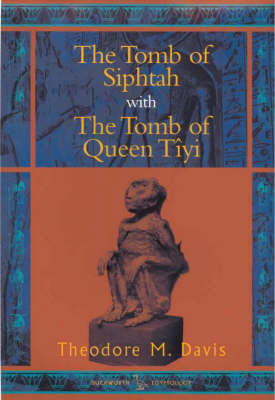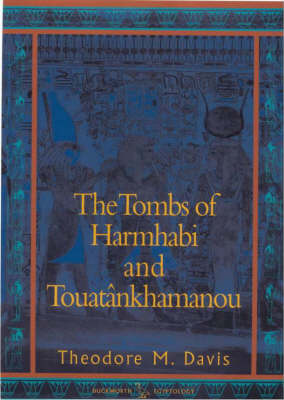Duckworth Egyptology
2 total works
On 6 January 1907 a mysterious tomb was uncovered in the Valley of the Kings by English archaeologist Edward R. Ayrton, digging on behalf of Theodore M. Davis. Initially identified as the burial of Amenophis III's queen Tiye (Tiyi), on the basis of a spectacular gilded shrine which formed part of the burial equipment, the body itself was later recognised as that of a man buried in a coffin adapted for the use of an Amarna-period pharoah. Was this the mummy of Akhenaten himself, as some at the time believed? Or the body of Akhenaten's mysterious co-regent, Smenkhkare? Almost a century later, Tomb 55 (as it is now generally known) continues to baffle archaeologist and Egyptologist alike. "The Tomb of Queen Tiyi", which first appeared in 1910, was Davis's official account of the enigmatic Tomb 55 discovery, and remains a crucial source both for the Amarna period and for Valley of the Kings studies generally. It is here republished with Davis's equally fundamental "The Tomb of Siphtah", which details the excavator's discoveries of 1905-7 - among them the extraordinary 'animal tombs' and the 'Gold Tomb', one of the greatest caches of 19th Dynasty jewellery ever found.
Theodore M. Davis' discovery of the tomb of Horemheb (Harmhabi) on 22 February 1908 was his last great find in the Valley of the Kings - a vast, finely cut tomb containing the king's superb hardstone sarcophagus, a mass of fragmented burial furniture and abundant skeletal remains. The tomb's wall decorations, in various stages of completion, are among the finest in Egypt. This book was Davis' swan-song, published three years before his death. Besides his report on the Horemheb find, it includes an account of what Davis supposed - mistakenly - to be the destroyed burial of Tutankhamun (Touatankhamanou). The volume is abundantly illustrated with photographs and watercolour sketches of the tomb, its decorated walls and the objects found, together with some of the best views of the Valley of the Kings ever taken.

